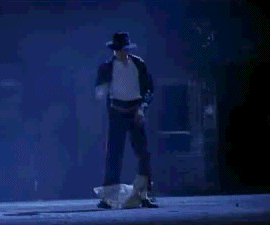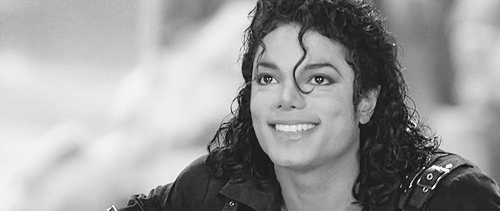Pop music (a term that originally derives from an abbreviation of “popular”) is usually understood to be commercially recorded music, often oriented towards a youth market, usually consisting of relatively short, simple songs utilizing technological innovations to produce new variations on existing themes. Pop music has absorbed influences from most other forms of popular music, but as a genre is particularly associated with the rock and roll and later rock style.The phrase “pop music” was first coined around the middle of the 1920’s, it meant a piece of music had “popular” appeal. Numerous things that took place during the recordings of the 20’s could be seen as being the start of the modern day pop music industry, which includes rhythm and blues music, as well as, country, folk, and others.
Pop music has been a profitable industry in America since the 19th century, but Early Pop/Rock is a style that took shape in the post-rock & roll era, once the more conservative elements of the record industry had come to terms with the new musical landscape. Popular culture is distributed across many forms of mass communication including newspapers, magazines, radio, television, movies, music, books and cheap novels, comics and cartoons, and advertising. It contrasts with high cultural art forms, such as opera, classical music and artworks, traditional theater and literature. In mass communication, the term popular culture refers to messages that make limited intellectual and aesthetic demands through content that is designed to amuse and entertain audiences.
 Michael Joseph Jackson was born on August 29, 1958, in Gary, Indiana, the seventh of Katherine and Joe Jackson’s nine children. At the age of 5, Jackson began performing with his older brothers in a music group coached by their steelworker father. In 1968, Motown Records signed the group, which became known as the Jackson 5, and Michael Jackson, a natural showman, emerged as the lead singer and star. The Jackson 5’s first album, released in 1969, featured the hit “I Want You Back,” and the group’s brand of pop-soul-R&B music made them an immediate success. Their musical popularity even led to their starring in their own TV cartoon series in the early 1970s.
Michael Joseph Jackson was born on August 29, 1958, in Gary, Indiana, the seventh of Katherine and Joe Jackson’s nine children. At the age of 5, Jackson began performing with his older brothers in a music group coached by their steelworker father. In 1968, Motown Records signed the group, which became known as the Jackson 5, and Michael Jackson, a natural showman, emerged as the lead singer and star. The Jackson 5’s first album, released in 1969, featured the hit “I Want You Back,” and the group’s brand of pop-soul-R&B music made them an immediate success. Their musical popularity even led to their starring in their own TV cartoon series in the early 1970s.
Jackson released his first solo album, “Got to Be There,” in 1972, while continuing to sing with his brothers. Six years later, in 1978, he made his big-screen debut as the Scarecrow in “The Wiz,” an adaptation of the Broadway musical of the same name. Directed by Quincy Jones, the film starred an all-black cast that included singer Diana Ross as Dorothy. Jones collaborated with Jackson on his 1979 album “Off the Wall,” which sold some 7 million copies worldwide. The pair teamed up again for Jackson’s now-iconic 1982 album, “Thriller,” which went on to sell 50 million copies around the globe, making it the best-selling studio album of all time. “Thriller” is credited with jump-starting the era of music videos and playing a key role in the rise of then-fledging cable TV network MTV, which launched in 1981.With his record-breaking album Thriller and such international hit singles as “Billie Jean” and “Beat It,” Michael Jackson became the quintessential ’80s pop star. Jackson’s ability to blend r&b with pop, rock guitars with dance beats, combined with his cross-format radio success and innovative videos to create a pop music template that is still with us today.

